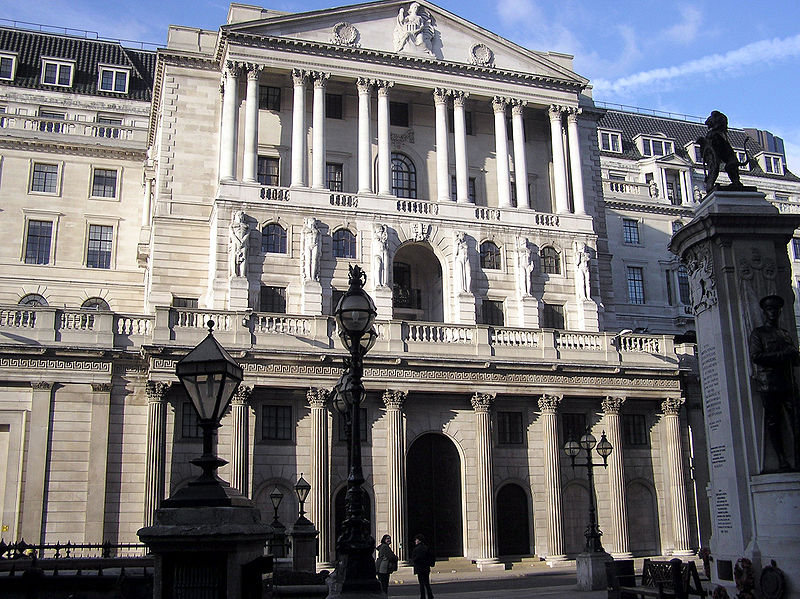Investing
BoE labelled ‘schizophrenic’ over negative rates talk

The Bank of England’s latest thoughts on introducing negative interest rates to encourage higher lending from banks are ‘somewhat schizophrenic’, a leading economist has said.
Much was made of Bank deputy governor Paul Tucker’s comments around negative rates last week, although the concept is not new.
The Bank last mentioned the possibility of negative rates – which would see the Bank ‘charge’ lenders for holding money on deposit in an effort to get them to lend more of it out to the wider economy – in 2009 as the country emerged from the depths of the financial crisis.
Tucker conceded last week that to introduce negative rates would be an “extraordinary” thing to do, adding it needed to thought out carefully.
While economists welcomed the fact the Bank was looking at new ways to stimulate lending to the real economy, they warned such a move could have unintended consequences, while also placing banks in something of a catch-22.
Richard Jeffrey, CIO of Cazenove Capital, said the Bank is sending mixed messages, on the one hand asking financial institutions to strengthen balance sheets and cut back risky lending, but on the other calling for them to extend more credit.
“In some ways the Bank has been somewhat schizophrenic, as the message it is sending out is not consistent,” he said.
He said the idea of penalising banks via negative interest rates was also unlikely to have enough of an impact to stimulate lending.
“I am sympathetic to the idea, but I am not convinced it would change their attitude towards lending to the public sector,” he said.
“In reality we actually need to wait for the healing process to happen, and I think as the economy gains small degrees of momentum, the banks’ attitudes will change.”
Capital Economics’ Vicky Redwood agreed negative rates could have a negative impact as they would shrink banks’ income – a factor which is unlikely to persuade them to lend more.
But she suggested the Bank could get round this by reducing the reserve rate on only part of banks’ reserves.
“Charging banks on only part of their reserves would reduce the hit to their profits,” she said.
“Depending on how it was designed, it could boost banks’ incentives to lend.”
However, she added attempts by other economies to use negative rates have floundered.
“Denmark cut its rate on excess reserves to -0.2% last July to ease pressure on its currency peg to the euro from strong capital inflows. Lending to the economy weakened following the cut.”
Meanwhile, Legal & General Investment Management’s bond star Richard Hodges – manager of the £1.6bn L&G Dynamic Bond Trust – said the Bank was using negative rates to manage expectations.
“Talk of negative interest rates in the UK is more likely ‘expectations management’, helping the Bank of England keep bond yields low and sterling weaker,” he said.